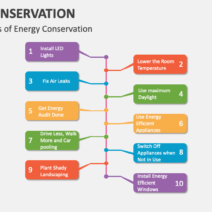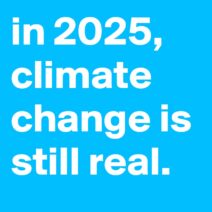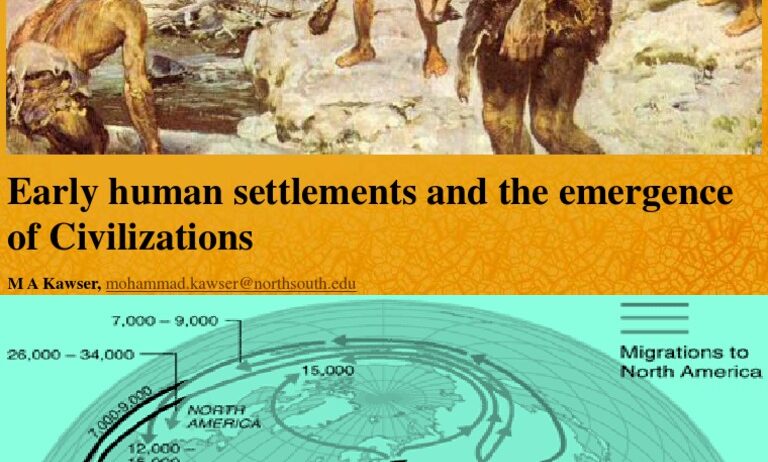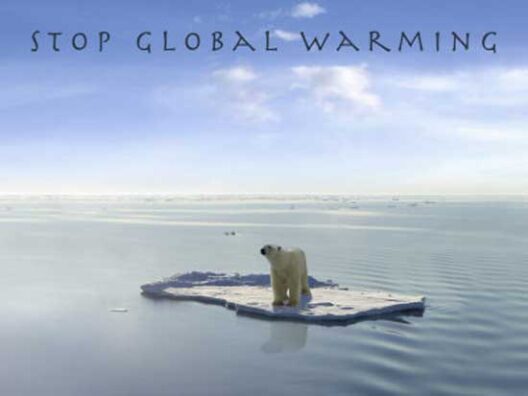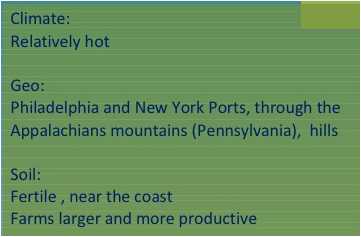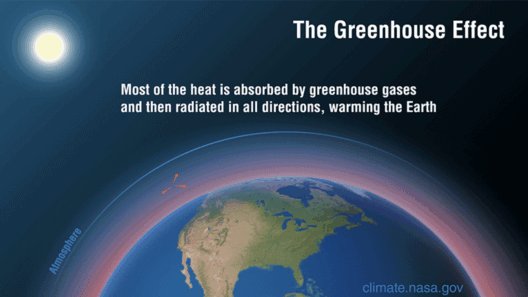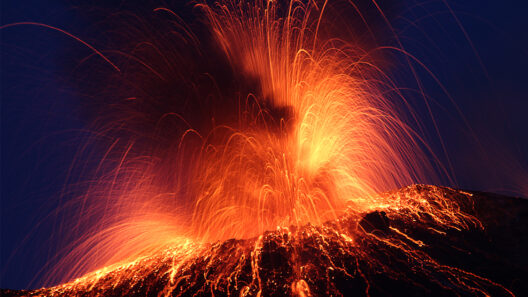Climate has always been a potent force shaping not only the natural world but also human societies. As we delve into the fascinating world of early civilizations, particularly the era of hunter-gatherers, it is essential to understand how climatic factors influenced their evolution, survival strategies, and eventual transition to sedentary lifestyles. This investigation presents a playful question: What if the climatic shifts had never occurred? Would humanity have developed as we know it today, or would we remain eternal wanderers in search of sustenance?
The climatic milieu of the Earth has undergone significant transformations over millennia due to natural phenomena and human-induced alterations. The end of the last Ice Age, roughly 11,700 years ago, marked a pivotal transition from a predominantly glacial climate to warmer conditions. This transition had profound implications for early human settlers. As ice sheets receded, vast expanses of previously frozen terrain became habitable. This shift laid the groundwork for an explosion of biodiversity, which directly influenced the availability of food sources for hunter-gatherers.
During the hunter-gatherer phase, human beings exhibited remarkable adaptability. Following their nomadic instincts, these early communities roamed through forests, savannas, and coastal areas, taking advantage of seasonal variations that dictated the abundance of flora and fauna. Their survival was inherently tied to the climate. For example, periods of climatic stability allowed for the flourishing of certain plant species, which in turn attracted diverse animal populations. Hence, it can be posited that the very patterns of migration and settlement were designed not merely by instinct, but also by environmental constraints and opportunities.
The procurement of food shaped social structures and communal responsibilities. As hunter-gatherers, individuals developed intricate knowledge of their surroundings. Geophysical features dictated hunting grounds, while climate patterns informed seasonal availability of edible plants. The implementation of complex tracking systems and the development of tools—like spears and bows—highlight the sophistication of these communities. Some argue that the subtleties of these developments precede any formal agricultural practices. In this landscape of close-knit communities, shared expertise regarding climatic cues emerged as a vital asset, fostering cooperation among group members and creating a sense of identity rooted in shared knowledge.
However, this precarious balance between human survival and climate stability was continuously challenged. Extreme weather events such as droughts or floods could decimate food supplies, instigating territorial conflicts or even population declines. These challenges forced hunter-gatherers to innovate. They began to create storage techniques to prolong food availability during lean seasons, and eventually, some groups transitioned to a more sedentary way of life, laying the groundwork for civilization as we know it. This transition illuminates how the unpredictable nature of climate served as both a catalyst for social development and a barrier to resource abundance.
As the climate continued to shift, the rise of agriculture became a prominent historical development. Warmer temperatures and prolonged growing seasons led to a surplus of crops, providing a readily available food source. This surplus not only supported larger populations but also allowed the division of labor. Specialized roles began to emerge, from farmers to craftsmen, laying the framework for burgeoning societies. Yet, the poignancy of this agricultural revolution cannot be separated from its climatic roots. The advent of agriculture was not entirely a triumph; it initiated new environmental challenges, leading to deforestation and alterations in land use that would have long-standing repercussions.
In consideration of the present-day climate crisis, this historical perspective invites reflection. Today’s climate emergencies echo the cosmic patterns faced by early civilizations, reminding us that human ingenuity has always been tested by environmental factors. The contemporary world grapples with the repercussions of climate change, causing shifts in weather patterns, agricultural viability, and even social structures. Can we learn from our ancestors? The answer seems to dwell not solely in technological solutions but also in a return to recognizing and respecting the delicate balance that exists between human activity and climatic systems.
It is crucial to recognize how the historical narrative of hunter-gatherers might inform modern approaches to sustainability and resilience. Just as climate shaped early human civilizations, it now presents an opportunity for a renewed relationship with our environment. Awareness and education about past human interactions with the climate encourage a collective consciousness that longs for a harmonious existence.
The legacy of hunter-gatherer societies encapsulates more than mere survival; it is a testament to human resilience in the face of climatic fluctuations. As communities began to solidify their existence, they paved the way for societies that leveraged their understanding of the land and climate for future generations. This inherited knowledge, if we choose to reconnect with it, may hold the key to addressing the contemporary challenges posed by a changing environment.
Ultimately, as we reflect on the interplay of climate and early civilizations, the enduring question remains: How can we, like our ancestors, cultivate a form of existence that thrives in symmetry with the natural world? It is a challenge that beckons humanity to innovate and adapt, just as our hunter-gatherer forebears did, perhaps leading us to a future that respects and nurtures the Earth itself.
